Out of the beautiful Bonsai Trees available globally, the most beautiful one is considered, and it is Juniper Bonsai Tree.
These are present in more than 30 countries and different varieties. There may be more than 50 types of Juniper Bonsai Trees globally.
These are well known and can be grown inside or outside, knowing some of the significant facts and care points for these beautiful trees.
Do you own this tree for the first time? No need to worry. Here is the complete Care Guide for Juniper Bonsai Tree to make your life easy.
While caring for any plant, the significant factors are Watering, Sunlight, potting, Feeding, and Positioning, etc.
Importance of Sunlight

Depending upon Sunlight, Juniper Bonsai Tree can be grown inside as well as outside your house. When you grow it inside, you can keep it in the southern part of the house to get proper Sunlight.
Juniper Bonsai Tree can handle full and direct Sunlight too. So, if you grow it outside your house, you can put it in the best place rich in Sunlight and airy.
Some significant facts regarding the Sunlight requirement involve the time for which they need direct Sunlight.
Juniper Bonsai Trees have more than 50 varieties found so far. For the beginners who want to do gardening of Bonsai Trees, Juniper Bonsai Trees are the best option.
You can grow your tree at the place where you ensure that it will get at least 4-5 hours of direct Sunlight and maintain perfect Humidity.
If you decide to grow them inside your house, you can also use Humidifier to maintain proper Humidity conditions around your tree. Else, it will not grow as per the plan.
Watering Technique
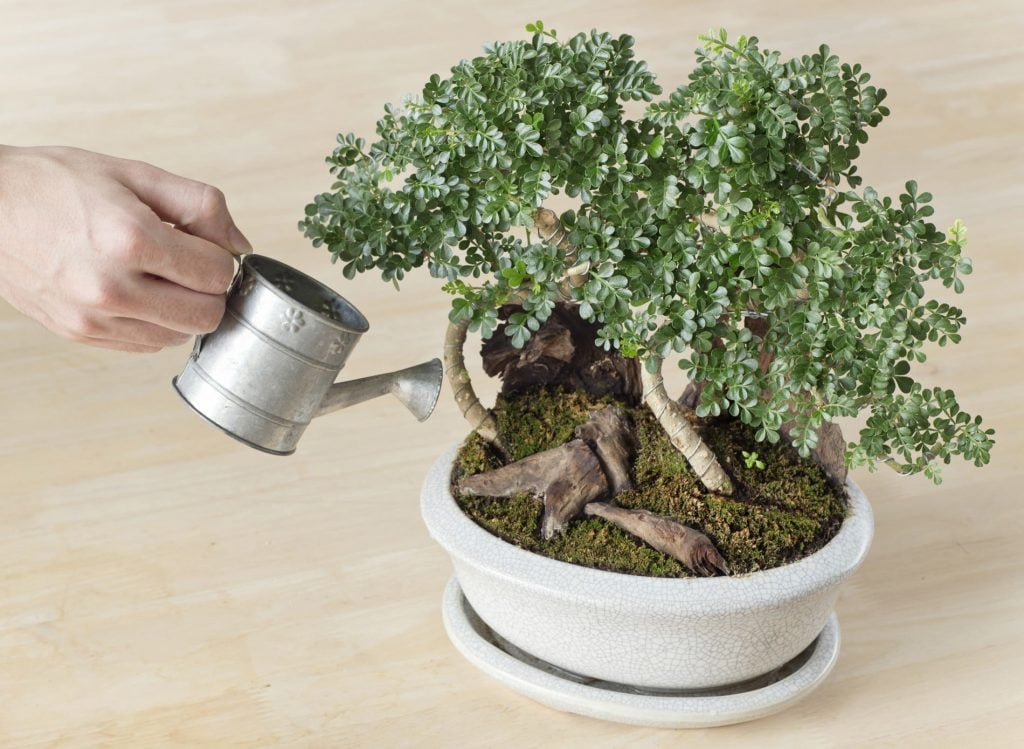
It is the crucial aspect when you decide to own Juniper Bonsai Tree. Watering it at regular intervals is needed.
The best part of Juniper Bonsai Tree is that you can check if the soil is wet, then you can wait for some time before watering it.
To check if the soil is wet or not, you can take a chopstick and immerse it in the soil up to 2-3 inches. Keep it there for the next few minutes and take it out.
If the chopstick comes out to be wet, then there is no need to water the tree. On the other hand, if the chopstick is dry, then you need to water the tree.
The above method is the Chopstick method. Now the next question comes out to be that how to water the tree?
It is essential to check if the excessive water is draining, and if it is not happening, it needs to be checked. It may lead the roots of the bonsai tree to Rot.
Keeping a spray bottle handy is wise. It is not only helping the leaves of the tree to grow in a better way. It helps foliage to breathe better.
If not watering correctly, it may lead to dehydration, so regular watering and the best technique of spraying it on leaves matters a lot for better growth.
Fertilizing Needs
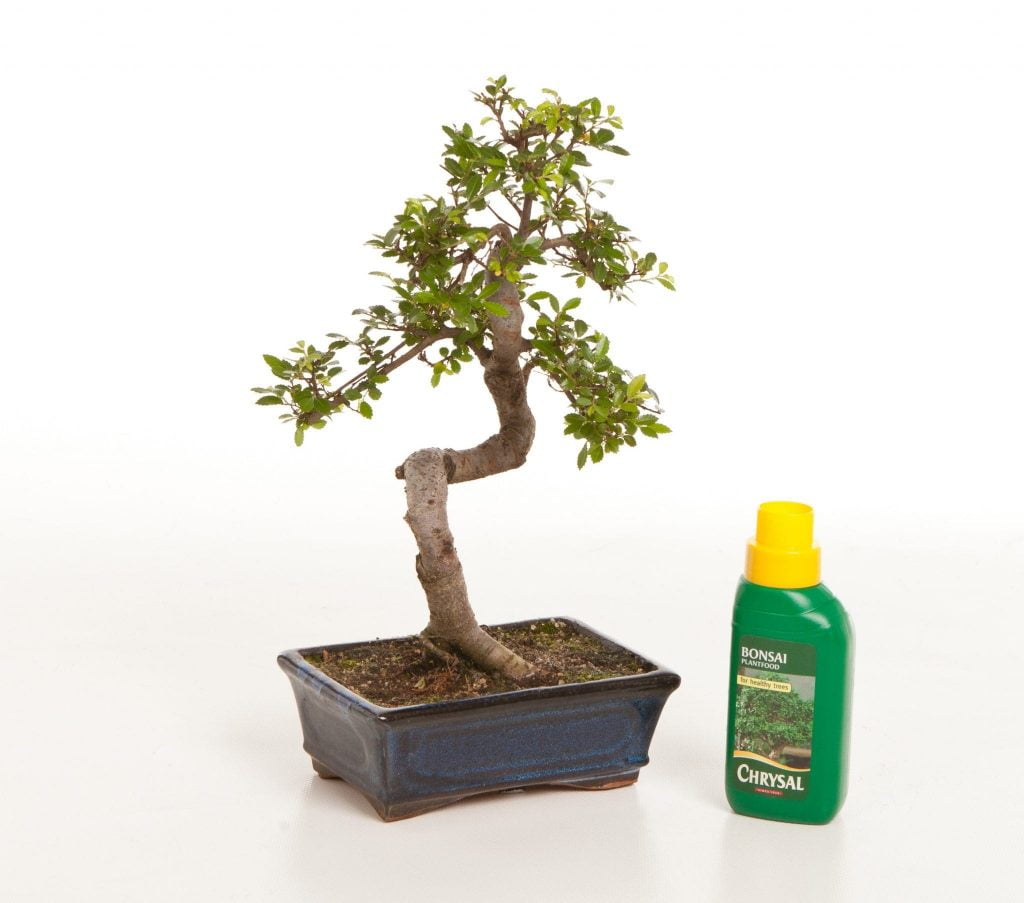
The use of the fertilizing technique is key to growth. These Trees do not need regular fertilization. They need fertilization once every three or four weeks.
So, according to the weather, the choice and need for fertilization depend. In the spring season, you need to have fertilizers rich in Nitrogen.
Similarly, during the fall season, the fertilizers less in Nitrogen would be the best. In Winters, Juniper Bonsai Trees do not need fertilization, so in winters, you can relax.
If fertilized and cared for properly, Juniper Bonsai Trees can be small Shrubs and more than 17 Feet long Trees.
Their wood is tough, so instrumental in Cabinetry. These trees produce berries. These are very delicious and used as the main ingredient for many dishes.
Importance of Humidity
Optimum Humidity is the key to the growth of Juniper Bonsai Tree. Growing this beautiful tree indoor or outdoor needs different Humidity conditions that you must be aware of when you plan to own this tree.
If you grow this tree outside, you need to check the water level once every three days. If you find the soil is dry, then watering is essential to maintain the Humidity for your tree to grow smoothly.
Fill the pot with water in which you grow your Juniper Bonsai Tree. It will not be the right decision as, without a proper drainage system, the water will stand in the soil, and a well-known fact is that the trees need a regulated amount of water that does not contain an excess of it. This may lead to the premature death of your tree.
If you are growing it inside your house and in the pot, Humidity needs to be regulated again. The room or place where you put this tree should have the best-suited humidity conditions.
You can put your tree in a shallow tray with some water added to gravel to maintain perfect Humidity.
Else you can buy a humidifier from Amazon or Walmart to maintain humidity level for your tree’s best growth.
Check this link for the best quality of Humidifier for your Juniper Bonsai Tree.
- 𝐈𝐌𝐏𝐑𝐄𝐒𝐒𝐈𝐕𝐄, 𝐋𝐀𝐑𝐆𝐄 𝐂𝐎𝐕𝐄𝐑𝐀𝐆𝐄...
- 𝐃𝐑𝐘 𝐀𝐈𝐑 𝐑𝐄𝐋𝐈𝐄𝐅: Do you ever wake up with a dry, sore feeling in...
- 𝐀𝐑𝐎𝐌𝐀𝐓𝐇𝐄𝐑𝐀𝐏𝐘 𝐃𝐈𝐅𝐅𝐔𝐒𝐄𝐑...
- 𝐃𝐄𝐒𝐈𝐆𝐍𝐄𝐃 𝐅𝐎𝐑 𝐄𝐀𝐒𝐘 𝐔𝐒𝐄 & 𝐔𝐋𝐓𝐑𝐀...
- 𝐒𝐌𝐀𝐑𝐓 𝐇𝐔𝐌𝐈𝐃𝐈𝐓𝐘 𝐂𝐎𝐍𝐓𝐑𝐎𝐋 𝐌𝐎𝐃𝐄:...
Soil Color Matters When Watering Juniper Bonsai Trees
Just watering your Juniper bonsai tree is not sufficient, but regularly check for other things, or parameters also plays a vital role in growing this tree.
In this, you need to have a look at the color of the soil of your tree that will eventually help you to check if your tree needs watering or not.
If the soil color is not dark, it means that the soil is dry, so you should water it but do not fill the pot without a proper drainage system. Keep the soil wet and dry at the same time in equilibrium condition for the best results.
Mastering this skill to take care of Bonsai Trees may take more than three years, but you will learn it for sure if you take care of the facts and conditions required by this tree before owning this.
Should I use Green Moss to Add Beauty? An Important and Frequently Asked Question
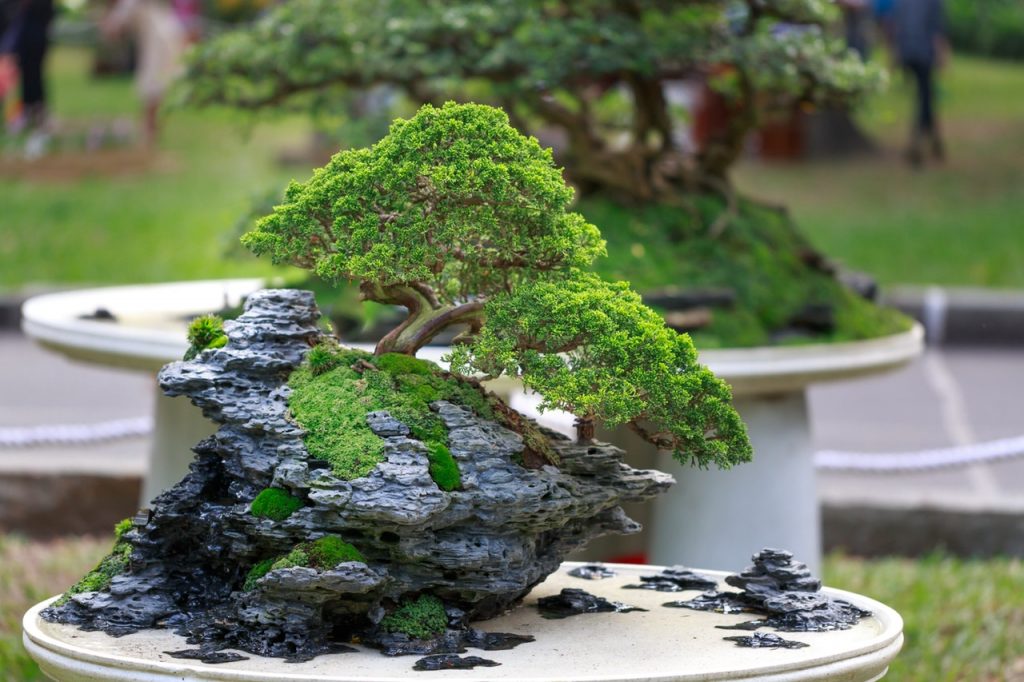
Adding Beauty to your Juniper bonsai tree is a perfect thing. But if you add Green Moss as an add-on to the Beauty of this Tree, you need to be aware of some crucial aspects before using it.
Green Moss can retain water for a more extended period, which may lead to the excessiveness of water in the soil and the tree. But juniper bonsai tree requires a moderate amount of water, not in excess.
Do not use Green Moss if you do not have an appropriate drainage system for the excessive water to flow out from the bottom of the pot in which you grow your tree.
Otherwise, you better know that this may lead to the roots to get Rot and die before your tree’s growth.
Taking Care of Pests and Diseases
Due to these trees’ properties, pests and many diseases can hinder them, but again, after 2-3years, many different types of pests start growing.
Many types of Juniper Pests can hurt your beautiful bonsai tree.
Mites, Scales, and Aphids

Even though your bonsai tree has properties and conditions to take care of itself from pests and insects, there are still many pests and insects that can grow on your tree.
If the foliage part gets thicker than usual, you need to take care of it and regularly check the hidden parts and edges where these pests and insects like to live.
These can be infected with Mites, Spider Scales, Juniper Aphids, Needle Miners, and Webworms. Standard and readily available insecticides and pesticides can help you in this stage to get your Juniper bonsai tree free from these pests and insects.
Fungal Diseases
Fungal diseases are also a serious matter of concern. This should also be taken care of periodically, and this may lead to hinder the growth and infests it as well.
Available fungal resistant sprays will help in this to save the Juniper bonsai tree.
Now you have sound knowledge about the caring factors you need to look on while owning Juniper Bonsai Tree.
So have one and enjoy the Beauty with the delicious berries. Make your house more beautiful with these trees and enjoy the compliments from the people visiting your place.
Happy Planting!

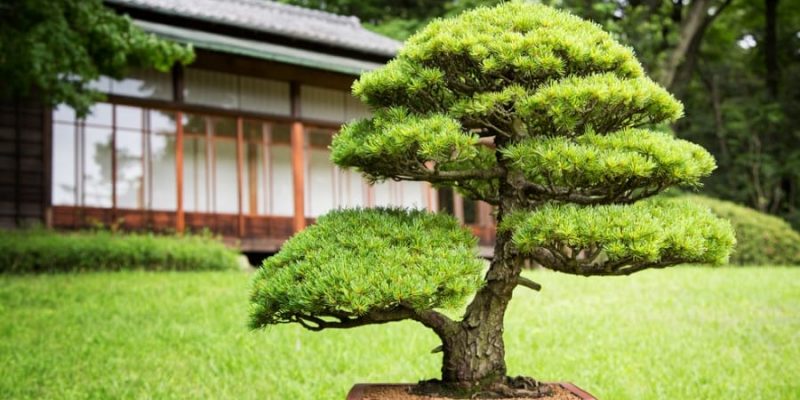
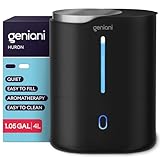


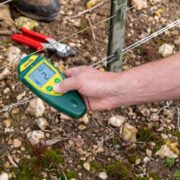




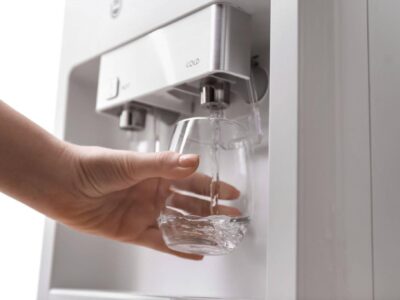
Comments